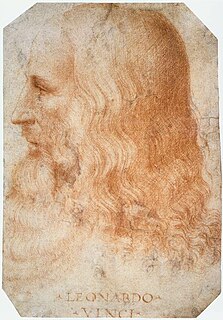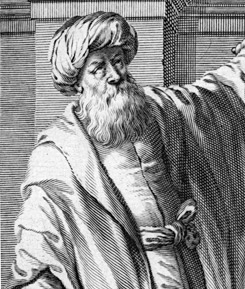
Adolf Mauritz Fonahn (15 June 1873 – 21 August 1940 [1] ) was a Norwegian physician, medical historian and orientalist. [2] He is best known for his work including those revolving around Tibetan Buddhism, Leonardo da Vinci's anatomical drawings (where he was one of the first who interpreted Leonardo's mirror writing), early Persian and Arabic medical literature, and more generally the study of medical history and Asian languages. [3]

A physician, medical practitioner, medical doctor, or simply doctor is a professional who practises medicine, which is concerned with promoting, maintaining, or restoring health through the study, diagnosis, prognosis and treatment of disease, injury, and other physical and mental impairments. Physicians may focus their practice on certain disease categories, types of patients and methods of treatment—known as specialities—or they may assume responsibility for the provision of continuing and comprehensive medical care to individuals, families, and communities—known as general practice. Medical practice properly requires both a detailed knowledge of the academic disciplines underlying diseases and their treatment—the science of medicine—and also a decent competence in its applied practice—the art or craft of medicine.

Tibetan Buddhism is the form of Buddhist doctrine and institutions named after the lands of Tibet, but also found in the regions surrounding the Himalayas and much of Central Asia. It derives from the latest stages of Indian Buddhism and preserves "the Tantric status quo of eighth-century India." It has been spread outside of Tibet, especially due to the Mongol power of the Yuan dynasty (1271–1368), founded by Kublai Khan, that also ruled China.

Leonardo di ser Piero da Vinci, more commonly Leonardo da Vinci or simply Leonardo, was an Italian polymath of the Renaissance whose areas of interest included invention, drawing, painting, sculpting, architecture, science, music, mathematics, engineering, literature, anatomy, geology, astronomy, botany, writing, history, and cartography. He has been variously called the father of palaeontology, ichnology, and architecture, and he is widely considered one of the greatest painters of all time. Sometimes credited with the inventions of the parachute, helicopter, and tank, he epitomised the Renaissance humanist ideal.
Fonahn is known for his diverse areas of interest and multitude of his works; these included Zur Quellenkunde der persischen Medizin (Persian Medicine and its Source) published in 1910 in Leipzig, Germany, [3] [4] Orm og ormmidler i nordiske medicinske skrifter fra middelalderen (? Norwegian Medicine from the Middle Ages) published in 1905, [5] Arabic and Latin anatomical terminology: chiefly from the Middle Ages in 1922, [6] A Palmyrene man's Name in Arabic transcription on a surgical bronze instrument in 1920, [7] Japanese ornamented arrow-heads in 1929, [8] and translations of multiple works for Leonardo da Vinci given out in such publications as 24 fogli della Royal Library di Windsor: Cuore: Anatomia e fisiologia (24 sheets of the Windsor Royal Library on heart anatomy and physiology) [9] in 1912.

Leipzig is the most populous city in the federal state of Saxony, Germany. With a population of 581,980 inhabitants as of 2017 it is Germany's tenth most populous city. Leipzig is located about 160 kilometres (99 mi) southwest of Berlin at the confluence of the White Elster, Pleiße and Parthe rivers at the southern end of the North German Plain.

Germany, officially the Federal Republic of Germany, is a country in Central and Western Europe, lying between the Baltic and North Seas to the north, and the Alps to the south. It borders Denmark to the north, Poland and the Czech Republic to the east, Austria and Switzerland to the south, France to the southwest, and Luxembourg, Belgium and the Netherlands to the west.




